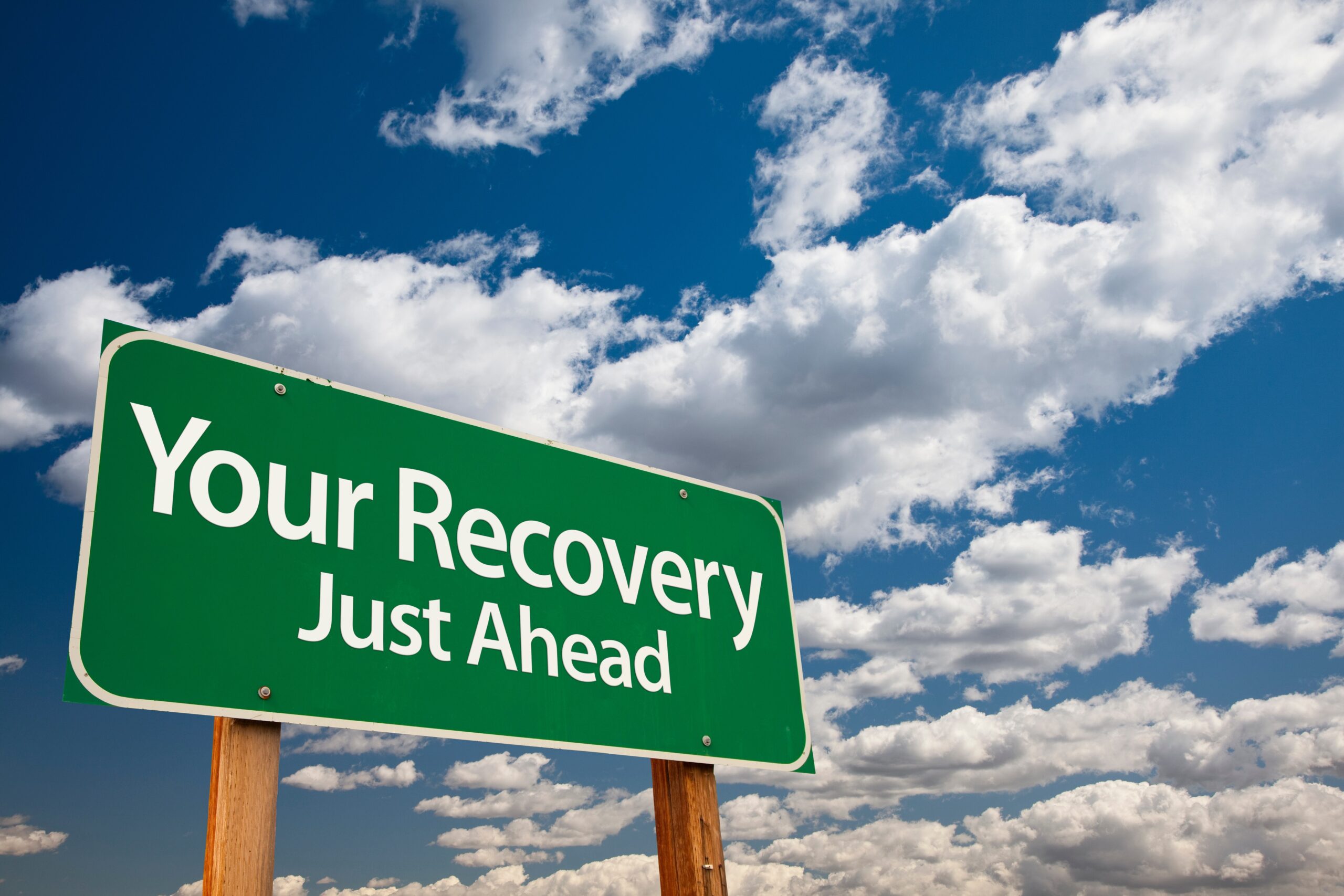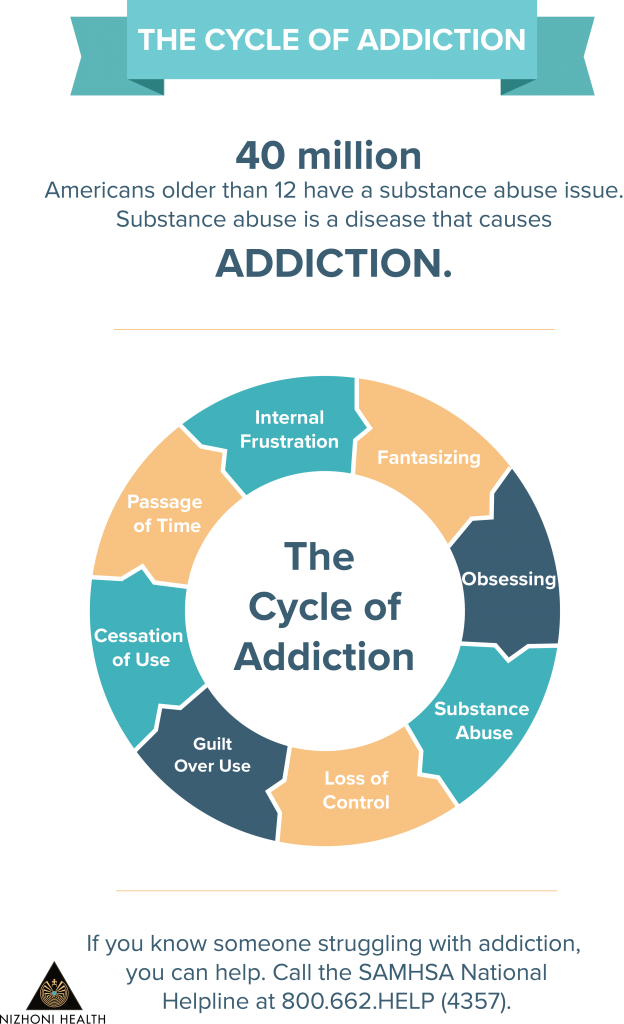

National Alcohol & Drug Addiction Recovery Month was created by the Substance Abuse and Mental Health Services Administration (SAMHSA), which is part of the US Department of Health and Human Services. With SAMHSA, we observe Recovery Month every September to increase awareness of substance use disorders and celebrate individuals in recovery.
Alcohol and drug addiction are also referred to as substance use disorders. Whether the substance is alcohol, opioids, stimulants or sedatives, substance abuse has a widespread impact on life in this country. Research has found that almost 21 million Americans have at least one addiction, and drug overdose deaths have more than tripled since 1990.
What’s more, substance use disorders take an enormous economic toll. One study calculated that drug and alcohol use in the US costs $1.45 trillion in economic loss and societal harm annually. That total includes $578 billion in economic loss and $874 billion in societal harm, which includes quality of life declines and premature death.
For years, many considered addiction to alcohol or drugs to be a moral failing, but that line of thinking has changed. The National Institute on Drug Abuse (NIDA) defines “addiction” as “a chronic, relapsing brain disease that is characterized by compulsive drug seeking and use despite harmful consequences.”
Research has discovered that substance use disorders actually change the way the brain works. The substances affect communication pathways in the brain, which changes thought processes, emotions and behaviors. These brain changes can be long-term, lasting well after you stop using drugs or alcohol.
Drugs and alcohol affect the brain by hijacking its reward system. In a healthy brain, positive behaviors such as exercising or spending time with family turn on the brain’s reward system. This system rewards the behavior by making you feel good so you want to repeat the behavior. The brain does this by producing large amounts of the feel-good chemical dopamine.
The brain’s reward system works when you use drugs or alcohol as well. But after repeatedly using the substance, your brain can’t produce normal amounts of dopamine on its own any longer. As a result, you can’t enjoy activities you normally find pleasurable unless you’re using drugs or alcohol.
Further, you develop a tolerance to the number of drugs or alcohol you’re currently using and have to use more to achieve the same reward response.

Addiction can also send your emotional danger-sensing circuits into overdrive. When that occurs, you might become anxious or stressed when you’re not using drugs or alcohol. At that point, you may start using the substance to avoid negative feelings rather than to achieve a “high.”
In addition to changing your brain chemistry, drugs and alcohol can have other negative effects on your life. You can develop an abnormal heart rate and experience heart attacks. Injecting drugs can result in collapsed veins and infections in your heart valves. You can also develop problems with your muscles, kidneys or liver.
When you’re under the influence of drugs or alcohol, you may forget to practice safe sex and become infected with a sexually transmitted disease. Substance use disorders have legal and financial consequences as well if you drive under the influence of drugs or alcohol. Or you may lose your job if your employer requires a drug test and you fail.
Many people with substance use disorders deny that they have a problem with alcohol or drugs. Your doctor uses specific criteria to diagnose addiction. These criteria are outlined in the Diagnostic and Statistical Manual of Mental Disorders (DSM) published by the American Psychiatric Association. These criteria include:
- Lack of control – The substance is used in larger amounts or over a longer time than the person originally intended.
- Desire to limit use – The person wants to cut back on use but is unable to do so.
- Time spent — A considerable time is spent trying to acquire the substance.
- Cravings – The user experiences an intense desire or urges to use their drug.
- Lack of responsibility – Substance use takes priority over work, school or home obligations.
- Loss of interest – The user stops engaging in important social or recreational activities in favor of drug use.
If any of these criteria apply to you, consider seeking treatment, which varies by person and substance being abused. There are many types of drug and alcohol rehabilitation, but inpatient rehabilitation programs are typically the most effective.
Some inpatient rehabilitation programs require stays of 30, 60 or 90 days, while other, long-term programs require stays of 120 days or longer. Rehabilitation programs typically include counseling, behavioral therapy and medications to manage cravings and withdrawal symptoms.
If you don’t know where to find treatment, contact SAMHSA’s National Helpline: 1-800-662-HELP (4357). The Helpline is a free, confidential treatment referral and information service for individuals and families facing mental or substance use disorders. Helpline staff can direct you to the help you need. If you suspect you have a problem, call today!




Leave a Reply